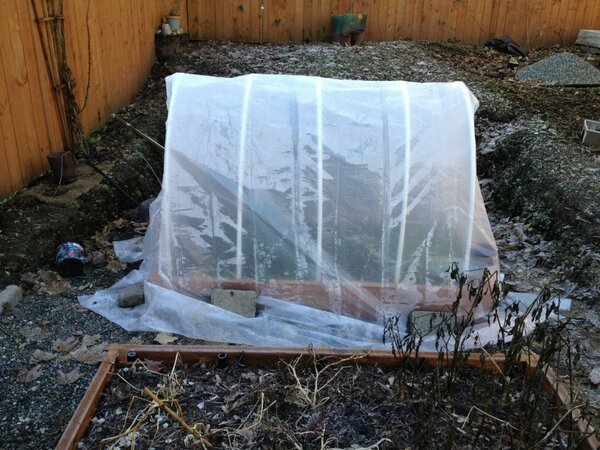Winter Gardening
Growing food in the winter is easier than you would think. First step is to start early, around late July through early September. Make sure your plants are sturdy before the low light of Fall sets in. the cool weather will prevent bolting so if you plant correctly you can harvest until early spring.

Another way to keep your winter corps safe from the winter freeze is with an inexpensive row cover. Row covers can be plastic or lightweight fabric draped over a simple hoop framework. Rain and sun still reach the plants with a fabric cover, although sunlight will be reduced by the degree of cold-protection of the fabric and the layers used.
Be careful if you use plastic, it doesn’t allow in air or water and may cause overheating.
Your selection of plants is not as large as spring but you do have some great choices that will tolerate the cold. Broccoli, Cabbage, and Kale should be planted in July and plants with a shorter lifespan like Arugula should be planted in August or September. Listed below are some of my favorites for my winter garden.

- Arugula
- Beets
- Broccoli
- Cabbage
- Carrots
- Cauliflower
- Kale
- Lettuce
- Mustard Greens
- Radishes
- Spinach
Depends on where you live and soil conditions plus whteher your ground freezes. Check with your local County Extension or a garden nursery to find out what zone you live in. Your time to plant will be determined by the zone. What you plant should be chosen according to your zone also. Most often bulbs are a good bet if the ground is frozen yet.
